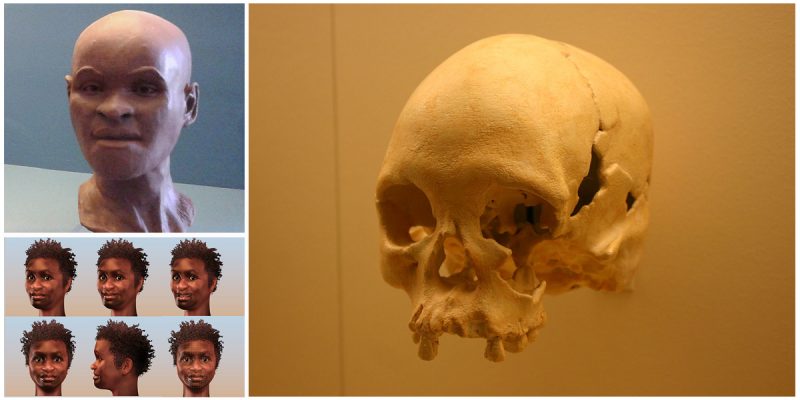Luzia Woman is the nickname for the skeleton of a Paleo-Indian woman from the Upper Paleolithic period who was found in Lapa Vermelha, Brazil in 1975. The archaeologist who found these remains was Annette Laming-Emperaire, and together with other colleagues, she thought that this woman lived in south-central Brazil some 11,500 years ago.
Other archaeologists believe that Luzia was part of the first wave of immigrants who came to South America. She got her nickname Luzia after the Ethiopian fossil “Lucy”, discovered in 1974, from an estimated 3.2 million years ago.
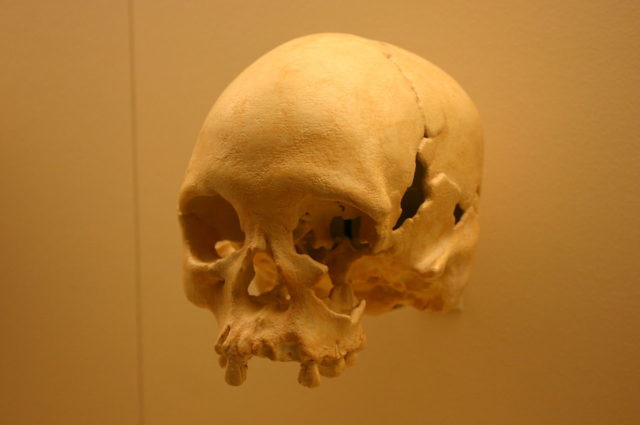
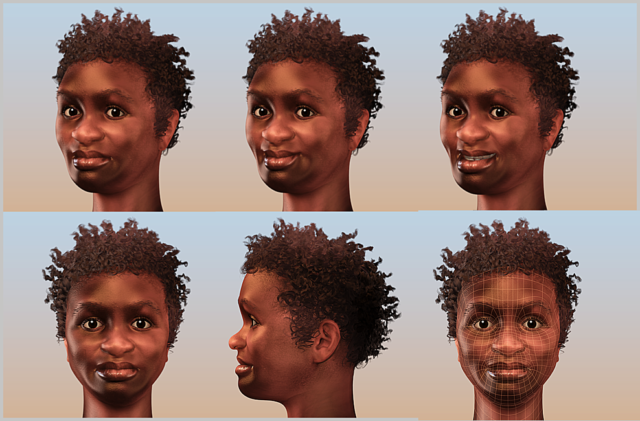
Originally, she was discovered by a joint French-Brazilian Expedition that was working at that time near Belo Horizonte in Brazil. The remains were found in a rock shelter, and the skull was separated from the skeleton which was buried under fifty feet of mineral debris and deposits.
On the site where she was discovered, there were no other skeletons. Many tools were found around the site, but Luzia’s skeleton was the only human remains. Forensics had determined that Luzia was in her early 20 years when she died.
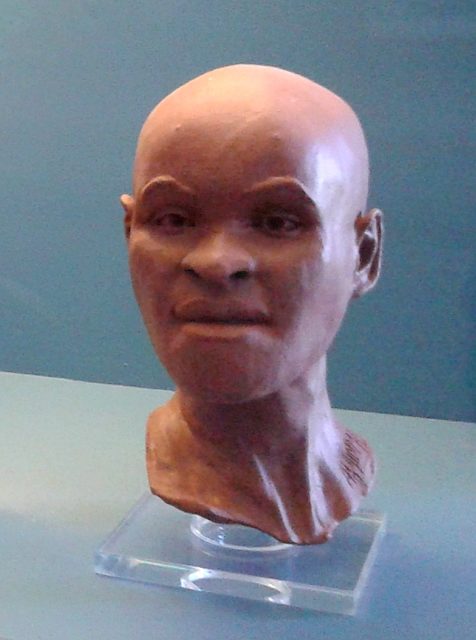
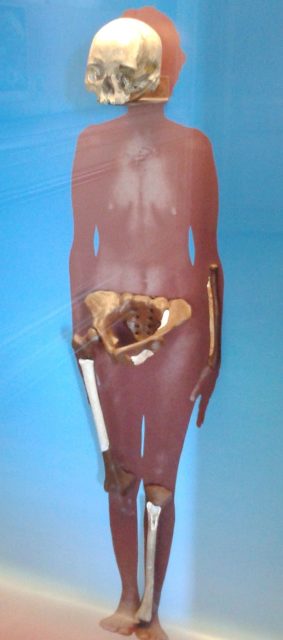
Her facial features are strikingly different from most of the Native Americans and their indigenous Siberian predecessors.
Many anthropologists including the forensic facial reconstruction expert Richard Neave, think that the features of this woman are similar to those of Negroids, Indigenous Australians and the Negritos of Southeast Asia. According to the anthropologist Walter Neves of the University of Sao Paulo, she is closest in similarity to the Australian Aboriginal people. He theorized that the predecessors of this woman lived in South East Asia for thousand of years after they migrated from Africa.
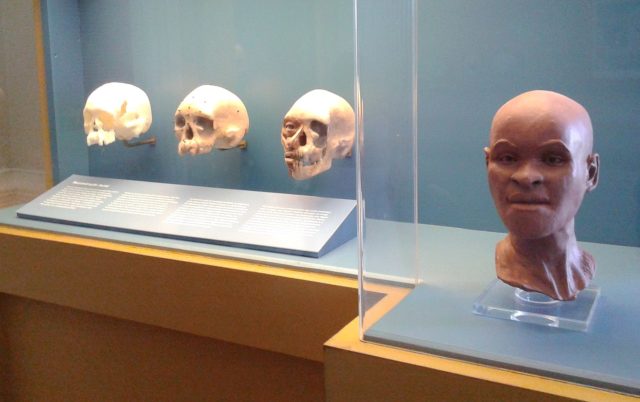
There are many hypotheses that people from coastal East Asia came in boats along the Kuril island chain in the Americas. After the expedition, along with other materials that were found on the site, Luzia was taken to the National Museum of Natural History in Washington D. C. and from 1995 many anthropologists worked hard in drawing up a profile of Luzia.
A computerized image was made by Richard Neave, who reconstructed her whole face. She is called ‘the first Brazilian woman’, and her remains are the oldest human remains found in the Americas to date.
